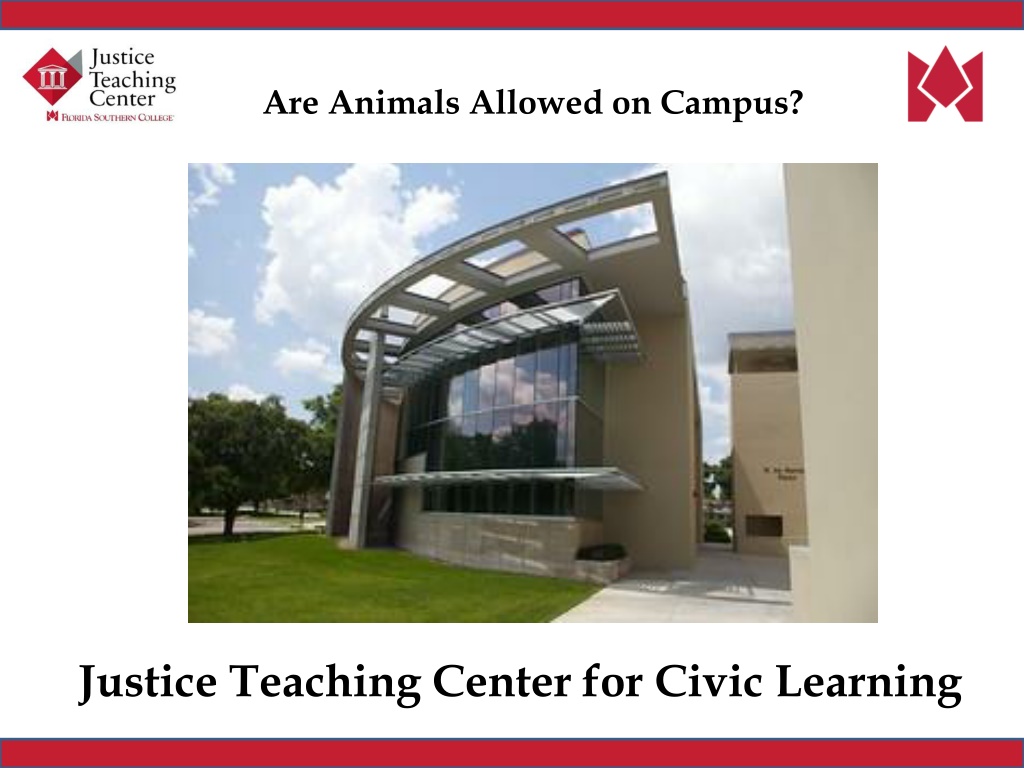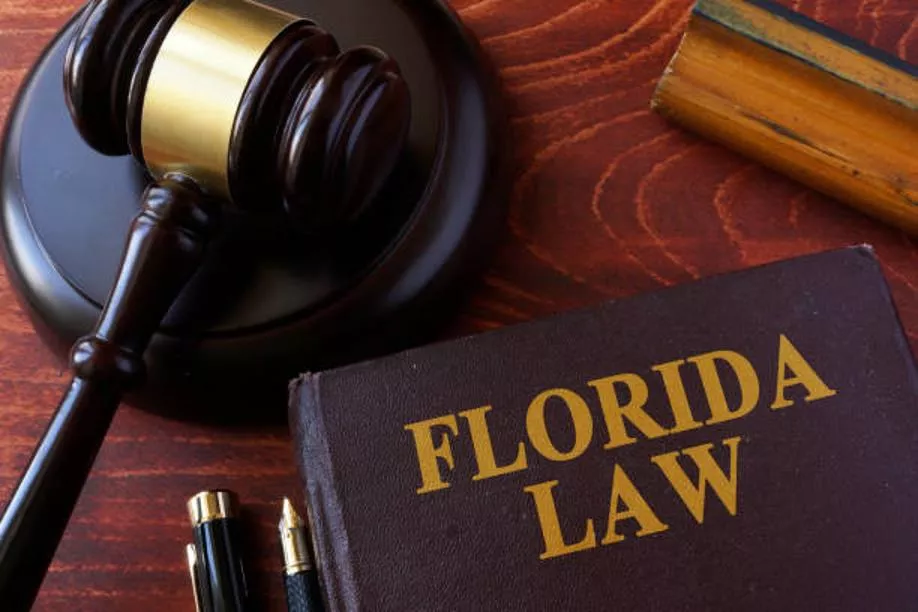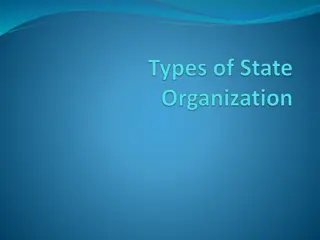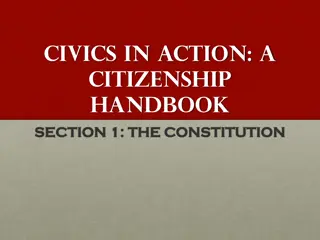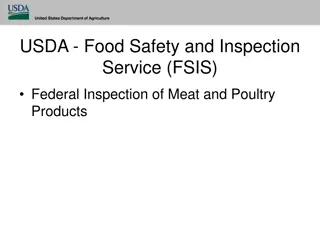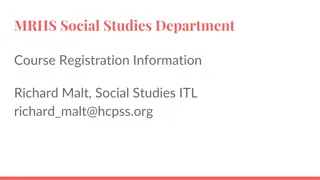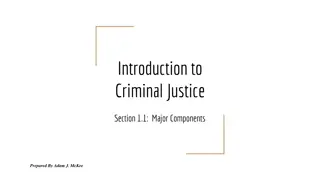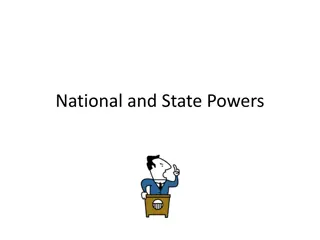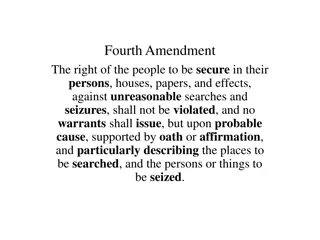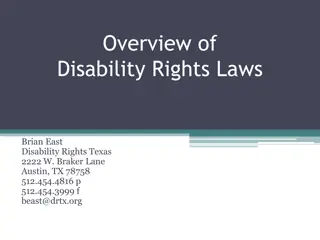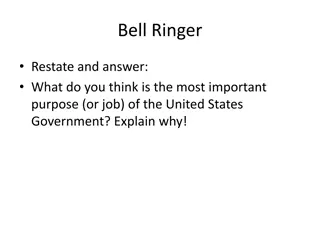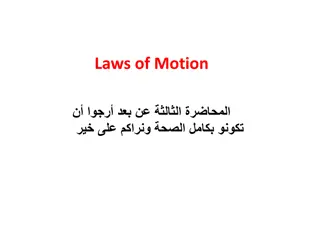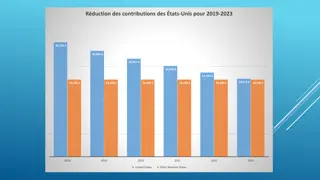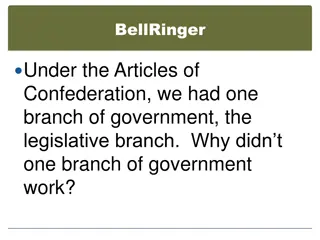Laws and Government Structure in the United States
Dive into the world of laws and governance with examples from Florida statutes, exploring how rules and ordinances differ from laws, and grasping the separation of powers and the roles of the three branches of government in the U.S. Learn about the Supreme Law of the Land and discover the intricacies of animal welfare regulations.
Download Presentation

Please find below an Image/Link to download the presentation.
The content on the website is provided AS IS for your information and personal use only. It may not be sold, licensed, or shared on other websites without obtaining consent from the author.If you encounter any issues during the download, it is possible that the publisher has removed the file from their server.
You are allowed to download the files provided on this website for personal or commercial use, subject to the condition that they are used lawfully. All files are the property of their respective owners.
The content on the website is provided AS IS for your information and personal use only. It may not be sold, licensed, or shared on other websites without obtaining consent from the author.
E N D
Presentation Transcript
Are Animals Allowed on Campus? Justice Teaching Center for Civic Learning
How are Rules Similar to Laws?
Examples of Laws Section 828.12 (2), Florida Statutes: A person who intentionally commits an act to any animal, or a person who owns or has the custody of any animal and fails to act, which results in the cruel death, or excessive or repeated inflection of unnecessary pain or suffering, or causes the same to be done, commits aggravated animal cruelty
Examples of Laws Section 806.101, Florida Statutes: Whoever, without reasonable cause, by outcry or the ringing of bells, or otherwise, makes or circulates, or causes to be made or circulated, a false alarm of fire, shall for the first conviction be guilty of a misdemeanor of the first degree, punishable as provided in s. 775.082, s. 775.083, or s. 775.084.
Example of a Rule/ Ordinance Section 15-83, Tampa Code of Ordinances: It is unlawful to deposit or cause to be deposited in any parking meter any slug, device, metallic or other substitute for a coin of the United States of America or to make any attempt thereof to defraud the city.
What is the Supreme Law of the Land? See Article VI United States Constitution
Separation of Powers The Constitution separates the powers of government. What are the three branches?
The Three Branches of Government The Legislative Branch makes the laws.
The Three Branches of Government The Executive Branch enforces and executes the laws.
The Three Branches of Government The Judicial Branch interprets and applies the laws.
The Highest Law: the United States Constitution Laws passed by the legislative branch cannot violate the United States Constitution.
If a law violates the Constitution, it can be ruled as invalid and unconstitutional. VS.
Consider the following proposed new rule for school: No Animals are Allowed on School Grounds
What do you think of this rule? Ask for responses from students.
Think about this. What is the goal of this rule? Will the rule create a better school? Will the rule keep students safe?
Think about this Is the rule reasonable? Is it clear and easy to follow? What should the principal do if someone breaks the rule?
What do you think? Is the rule fair? Can the rule be applied to everyone equally?
Lets Apply Break the class into groups of five. Review each of the situations provided on the handout. Discuss in your group and decide: Does the situation break the rule? How does the rule apply in each situation? If the situation breaks the rule, what punishment is appropriate?
Situation #1: A teacher would like to bring mice to school for a classroom science project. The mice will be kept in a cage in the classroom.
Situation #2: A parent walks his/her child to school each morning with the family dog on a leash. They walk onto school grounds to ensure that the child arrives safely.
Situation #3: A visually impaired student brings her service dog to school to help her move from class to class.
Situation #4: A student brings a stuffed animal to school for show and tell.
Situation #5: A police dog enters campus with a police officer to investigate a crime.
Situation #6: A student brings a frog to school in his/her lunch box to scare other students.
Situation #7: A hungry, abandoned dog wanders on campus and a student feeds the dog leftovers from the cafeteria.
No Animals are Allowed on School Grounds What do you think of this rule after you explored the situations?
Review the questions asked earlier: What is the goal of the rule? Will the rule create a better school? Will the rule keep students safe?
What do you think? Is the rule fair? Can it be applied to everyone equally? Should there be exceptions to the rule. If so, what? Should the rule be written differently? How would you rewrite it?
Here is your opportunity: Rewrite the rule so that it is: fair and reasonable clear and easy to understand Post the rules around the room and discuss
Consider: What would life be like in a school without rules? Discuss the role of the legislature in writing laws and the role of judges in interpreting and applying laws.
